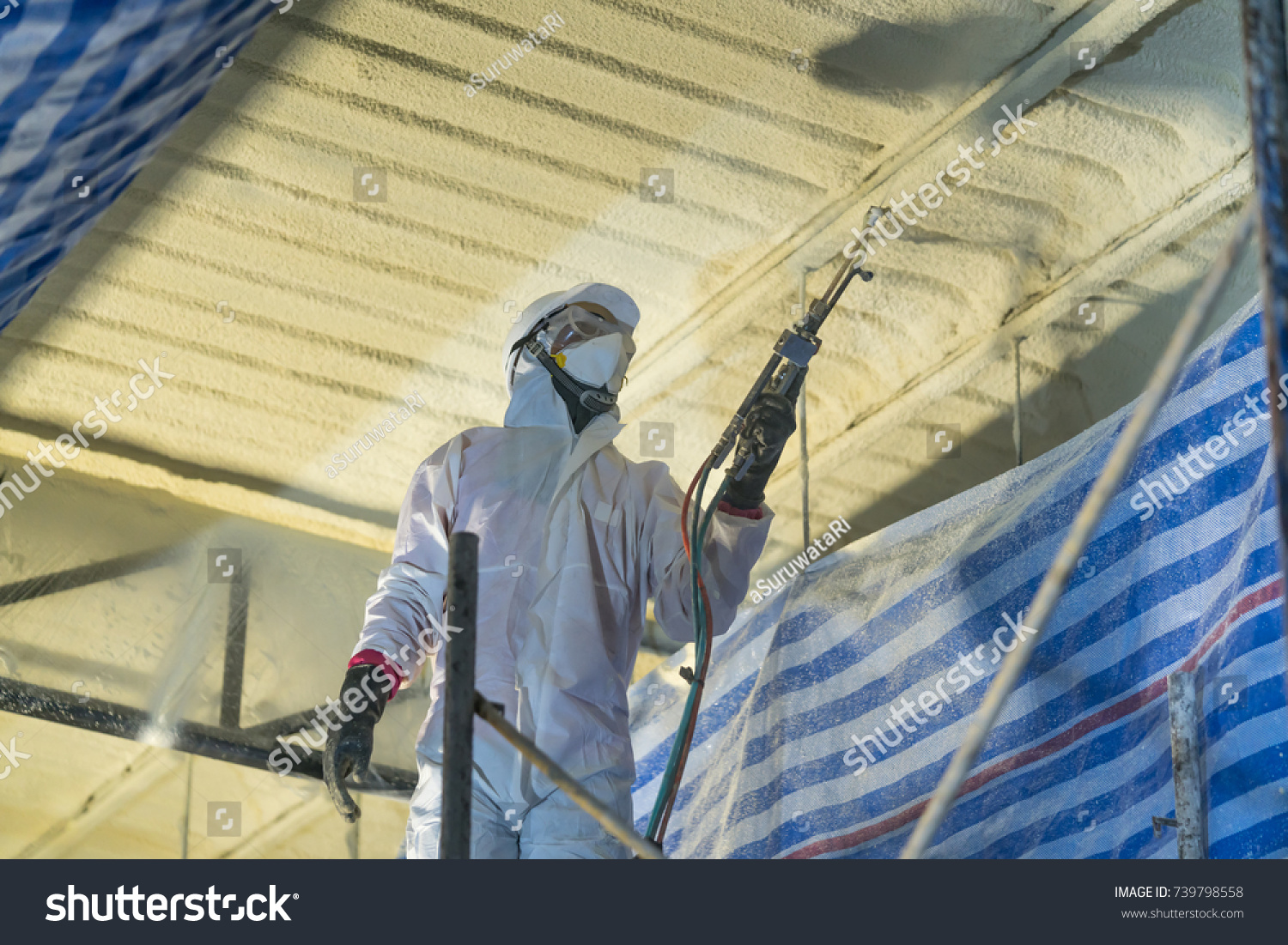Tips for Choosing the Right Insulation for Your Home

Choosing the right insulation for your home is an important decision that can impact your comfort, energy bills, and overall home efficiency. Insulation helps to regulate the temperature within your home, keeping it warm in the winter and cool in the summer. With various options available, selecting the best insulation can seem overwhelming.
We often overlook the importance of evaluating our current insulation situation. Before deciding on new insulation, it’s crucial to assess what you already have. Identifying areas where insulation is lacking or deteriorating can help pinpoint where improvements are needed most. This initial step ensures that your new insulation investment will be both effective and efficient.
Understanding the different types of insulation and their specific benefits is equally important. Each type of insulation offers unique advantages depending on your home’s needs and your local climate. Making the right choice involves considering factors like energy efficiency, installation costs, and long-term benefits. By diving into these details, you can make an informed decision that aligns with your home's specific requirements.
In this article, we will discuss the key elements to consider when choosing insulation for your home. Our tips aim to guide you through the process, ensuring you make the best choice for a comfortable, energy-efficient, and well-insulated home.
Understanding Your Insulation Needs
1. Assessing Your Home's Current Insulation
The first step in choosing the right insulation is to assess your home’s current insulation. Start by examining areas like the attic, walls, and crawl spaces to see what type of insulation is already in place. Look for any signs of wear and tear, such as gaps, sagging materials, or areas that seem thin or deteriorated. This can give you a clear idea of how well your existing insulation is performing and where it may be falling short.
You should also consider the age of your home. Older homes often have outdated or insufficient insulation that doesn’t meet current energy standards. If your home has drafts, uneven heating or cooling, or high energy bills, these could be signs that your insulation is inadequate.
2. Identifying Areas That Need Improvement
Once you’ve assessed your current insulation, the next step is to identify specific areas that need improvement. Pay close attention to spots that are more prone to air leaks, such as around windows, doors, and ductwork. Use a thermal camera or schedule an energy audit to detect areas where heat is escaping or entering your home. These tools can help pinpoint problem areas that may not be obvious to the naked eye.
Focus on areas like the attic and basement, as they are common culprits for energy loss. Ensuring these spots are well-insulated can make a significant difference in your home’s overall energy efficiency. By identifying and prioritizing these areas, you can make targeted improvements that offer the greatest benefits for your comfort and energy savings.
Types of Insulation and Their Benefits
1. Spray Foam Insulation
Spray foam insulation offers excellent energy efficiency by expanding to fill all gaps and cracks, creating an airtight seal. This makes it ideal for both new and existing homes. It has a high R-value, meaning it provides superior insulation per inch compared to other materials. Spray foam is also effective in moisture control, reducing the risk of mold and mildew formation. Additionally, it provides some structural support and helps to reduce noise infiltration.
2. Fiberglass Insulation
Fiberglass insulation is one of the most common types used in homes. It is made from tiny glass fibers and is available in batts, rolls, and loose-fill forms. Fiberglass is relatively inexpensive and easy to install, making it a popular choice. It is fire-resistant and does not absorb water, which helps prevent mold growth. While it’s not as efficient as spray foam in sealing air leaks, it offers good thermal performance and is widely used in attics, walls, and floors.
3. Cellulose Insulation
Cellulose insulation is made from recycled paper products treated with fire-retardants. It is an eco-friendly option that is effective at filling gaps and cavities. Cellulose is often blown into walls and attics, making it a good choice for retrofitting older homes. It has a decent R-value and provides good thermal protection. One of its key benefits is its ability to reduce air infiltration, helping to improve overall energy efficiency. However, it may settle over time and require reapplication in some cases.
By understanding the various types of insulation and their benefits, you can better determine which option is best suited for your home’s specific needs. Each type offers unique advantages, so consider factors like energy efficiency, moisture control, and installation ease when making your decision.
Factors to Consider When Choosing Insulation
1. Climate and Environment
The climate in your area plays a huge role in determining the right insulation for your home. In warmer regions, insulation that excels at keeping heat out is crucial. Conversely, in colder areas, you’ll want insulation that keeps warmth inside. For example, if you live in a humid climate like South Florida, choosing insulation that helps with moisture control, such as spray foam, is advisable. Also, consider potential weather events like storms or hurricanes when selecting insulation with strong protective qualities.
2. Energy Efficiency and R-Value
Energy efficiency is another key factor. The R-value measures an insulation's ability to resist heat flow; the higher the R-value, the better the insulating power. Different types of insulation come with different R-values, so consider what level of efficiency you need. Higher R-values are generally better for improving energy efficiency and reducing utility bills. Research the recommended R-value for your region to make an informed decision.
3. Installation Process and Costs
The installation process can also influence your choice. Some insulation types, like fiberglass batts, can be installed relatively easily as a DIY project. Others, like spray foam, require professional installation to ensure quality and effectiveness. Consider the costs involved, including material and labor. While some options may seem cheaper initially, higher-quality insulation can save money in the long run through reduced energy bills and maintenance costs. Budget accordingly and weigh initial investment against long-term benefits.
Tips for a Successful Insulation Project
1. Hiring a Professional vs. DIY
Deciding whether to hire a professional or tackle the project yourself is an important consideration. Professional installers bring expertise and can ensure that the insulation is applied correctly and efficiently, reducing the risk of errors. DIY projects may save money upfront but can be risky if you’re not familiar with the installation process. Evaluate your skills and comfort level before deciding. If you opt for professional help, make sure to research and choose a reputable contractor who understands your specific needs.
2. Maintenance and Longevity
Regular maintenance can extend the lifespan of your insulation. Inspect your insulation periodically to check for signs of wear, moisture damage, or pests. Some types of insulation, like spray foam, require less maintenance and have a longer lifespan compared to others. Ensure you are aware of the maintenance needs for the insulation type you choose. Well-maintained insulation performs better over time, offering consistent energy efficiency and comfort.
3. Evaluating Performance After Installation
After your insulation is installed, it’s vital to evaluate its performance. Monitor your home’s energy bills to see if there’s a noticeable decrease. Check for any drafts or uneven temperatures in rooms that were previously problematic. Using a thermal imaging camera can help identify any gaps or areas where insulation may not be performing as expected. Addressing these issues promptly will ensure that your insulation project delivers the best possible results.
Conclusion
Choosing the right insulation for your home involves careful consideration of your current insulation needs, the types of insulation available, and various factors that affect performance and cost. Evaluating these elements helps ensure that your home remains comfortable and energy-efficient. Proper insulation not only reduces energy bills but also enhances the overall living environment, making it a worthwhile investment.
If you feel overwhelmed or unsure about tackling this project alone, consider reaching out to us at Atlas Insulation. We offer professional advice and quality foam insulation installation services tailored to meet your specific needs. Ready to transform your home’s insulation? Contact Atlas Insulation today for a free quote and expert guidance. Your comfort and energy savings are just a call away.





